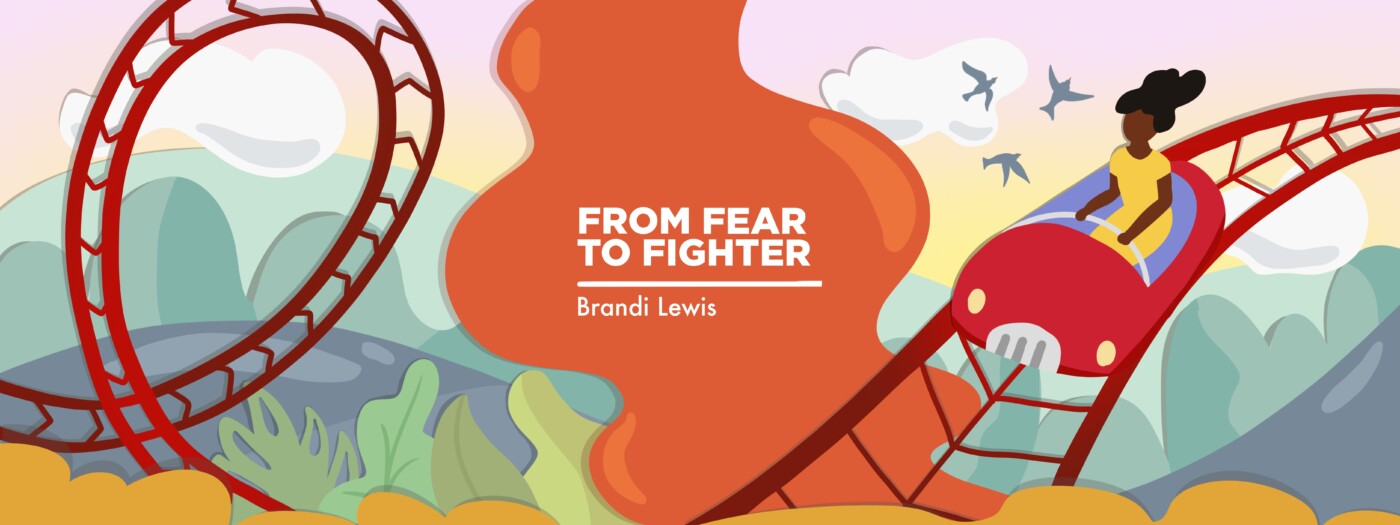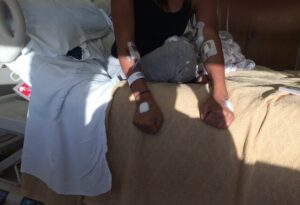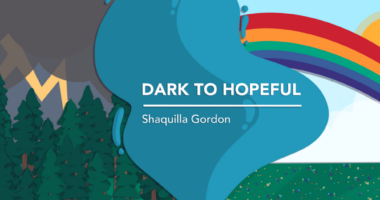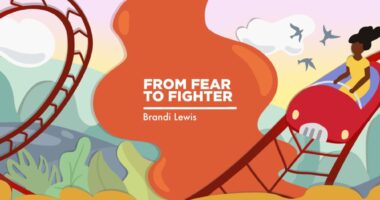How I’ve managed the physical effects of my chronic illnesses
PNH brought pain, scars, and numerous symptoms

There was a brief period when my parents and I counted how many times I was poked with a needle and how many medications I took each day. On my way to appointments at the hospital, I’d begin looking for a vein for the phlebotomist to draw blood. As I sat in the car, I’d hold out both arms and turn them over.
Like an investigator, I scoped out the scene. I was looking for thick greenish-blue lines that would yield a large amount of blood. Once I found that beautiful vein, I rubbed it to warm the area and made a fist to pump more blood there.
When I made it to the hospital, the first step was to draw blood to check for signs of improvement or changes in my body. I sat down and the phlebotomist prepared her materials. She laid out a butterfly needle, gloves, a tourniquet, bandages, and a cotton ball.
I stretched out my arms and let her look, knowing I’d already prepared the vein she’d pick. I casually pointed to it as if shocked by how great it looked. She prepared my arm and the needle for the big stick. My method was always to breathe in and watch as she inserted the needle.
Once she’d entered the vein and it didn’t roll, I immediately breathed out. In my head, I was celebrating as she got it on the first try. This was my routine for every appointment.
Navigating the physical effects
While aplastic anemia and paroxysmal nocturnal hemoglobinuria (PNH) required countless blood draws and needle pokes, I endured many other forms of physical pain and was left with numerous bruises and scars.
The physical impact of chronic illness is unmatched. There was no way for me to get around all the symptoms and needle pokes. Fatigue made my body feel heavy, lethargic, and weak. It left me with the guilt of laziness.
Bruises made me fearful and confused, as I didn’t know where they came from. Migraines were one of my worst symptoms, as medicine never fully alleviated them. I had to take it easy and tiptoe around, trying not to aggravate the pain.
Physical fitness became a thing of the past. I didn’t even want to try to work out. One day, during a doctor’s appointment, I explained, “I am tired most days and out of breath just from walking up the stairs!”
My doctor looked at me and said, “That sounds like a case of not working out.” My family erupted in laughter.
Open conversations with my doctor gave me a safe place to speak freely about my physical pain. As I experienced random nose bleeds, blood in my urine, and bloating in my face from steroid shots, I created a plan to help me win the war against my pain and symptoms.
- I prepared myself mentally for what was to come.
- I reminded myself that this was not the end, and that I’d get through this moment.
- I journaled my feelings to get them out of my head.
- I took advantage of good days and got out of the house and did something fun.
- I made myself rest on bad days.
- I listened to my body and acted accordingly.
- I created routines, such as my visits with the phlebotomist, so I’d be prepared.
The physical effects of chronic illness leave marks, sometimes scars, on your body. It can take time to adjust to this “new normal.” Learning how to cope with the physical effects helped me to keep pushing forward.
Note: PNH News is strictly a news and information website about the disease. It does not provide medical advice, diagnosis, or treatment. This content is not intended to be a substitute for professional medical advice, diagnosis, or treatment. Always seek the advice of your physician or other qualified health provider with any questions you may have regarding a medical condition. Never disregard professional medical advice or delay in seeking it because of something you have read on this website. The opinions expressed in this column are not those of PNH News or its parent company, Bionews, and are intended to spark discussion about issues pertaining to paroxysmal nocturnal hemoglobinuria.









